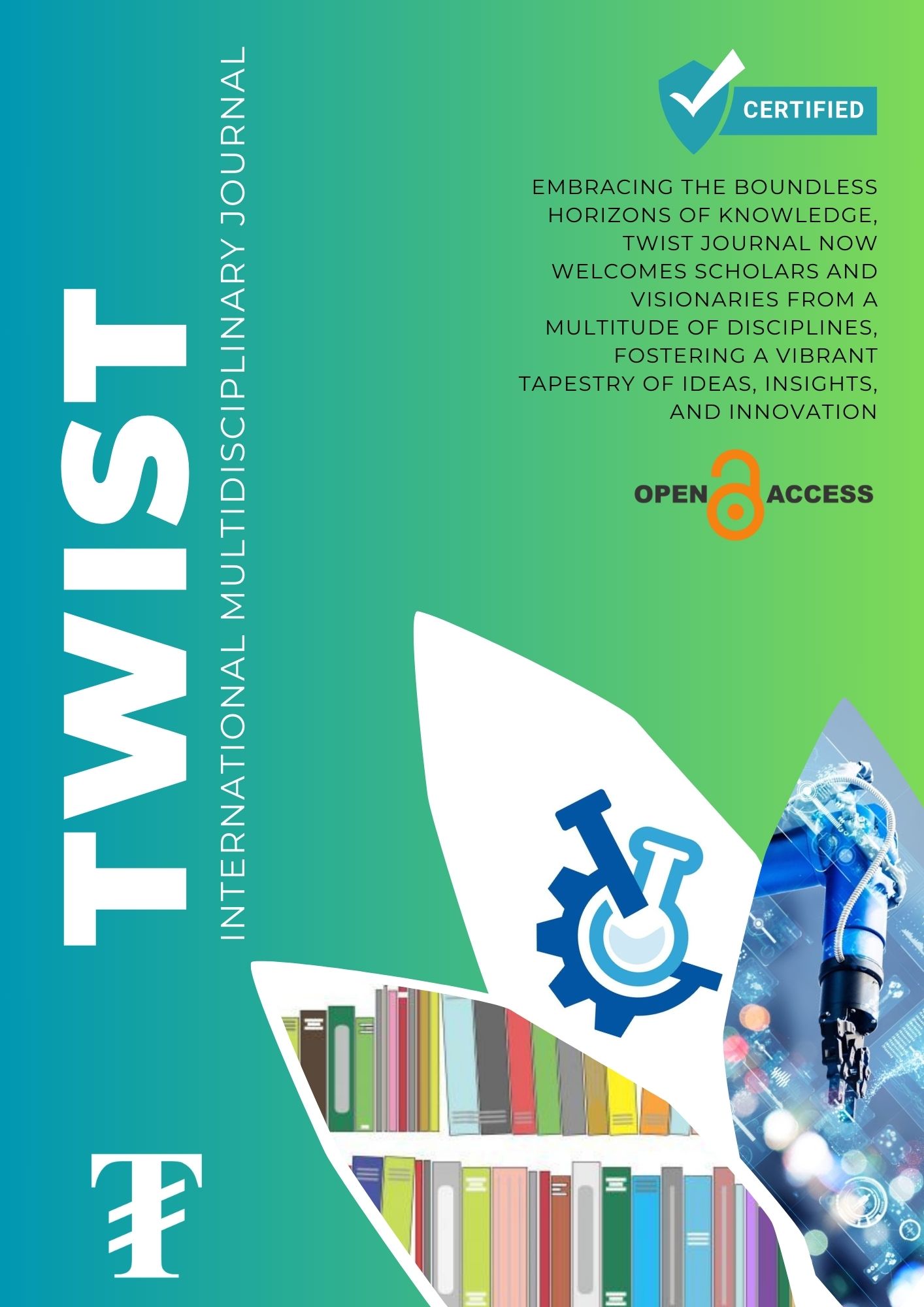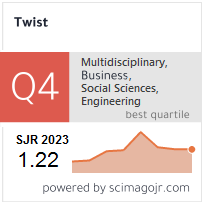Designing Model to Improve Hepatitis Prediction by Using Data Mining and Machine Learning Algorithms
Keywords:
Data mining, Machine learning, Hepatitis, Classification, Supper Vector MachineAbstract
Hepatitis means inflammation of the liver. The liver is an important organ in the human body that processes nutrients, purifies the blood, and fights infections and viruses that attack the body, so it is a vital organ. When the liver is affected, it affects its performance and functions. Some types affect children between the ages of 12-23 months, as well as children from 2-18 years who did not receive the hepatitis vaccine, and some affect ages over 19 years, therefore, studies have previously attempted to pre-diagnose and predict this disease in order to reduce the risk of contracting the disease and minimizing mortality, as they used many data mining and machine learning techniques for classification. In this paper, a model consisting of a set of techniques was used on a hepatitis data set, where appropriate algorithms were selected for the type of data at the classification stage to obtain high accuracy.
Downloads
Downloads
Published
Issue
Section
License
Copyright (c) 2024 TWIST

This work is licensed under a Creative Commons Attribution-NonCommercial-ShareAlike 4.0 International License.











